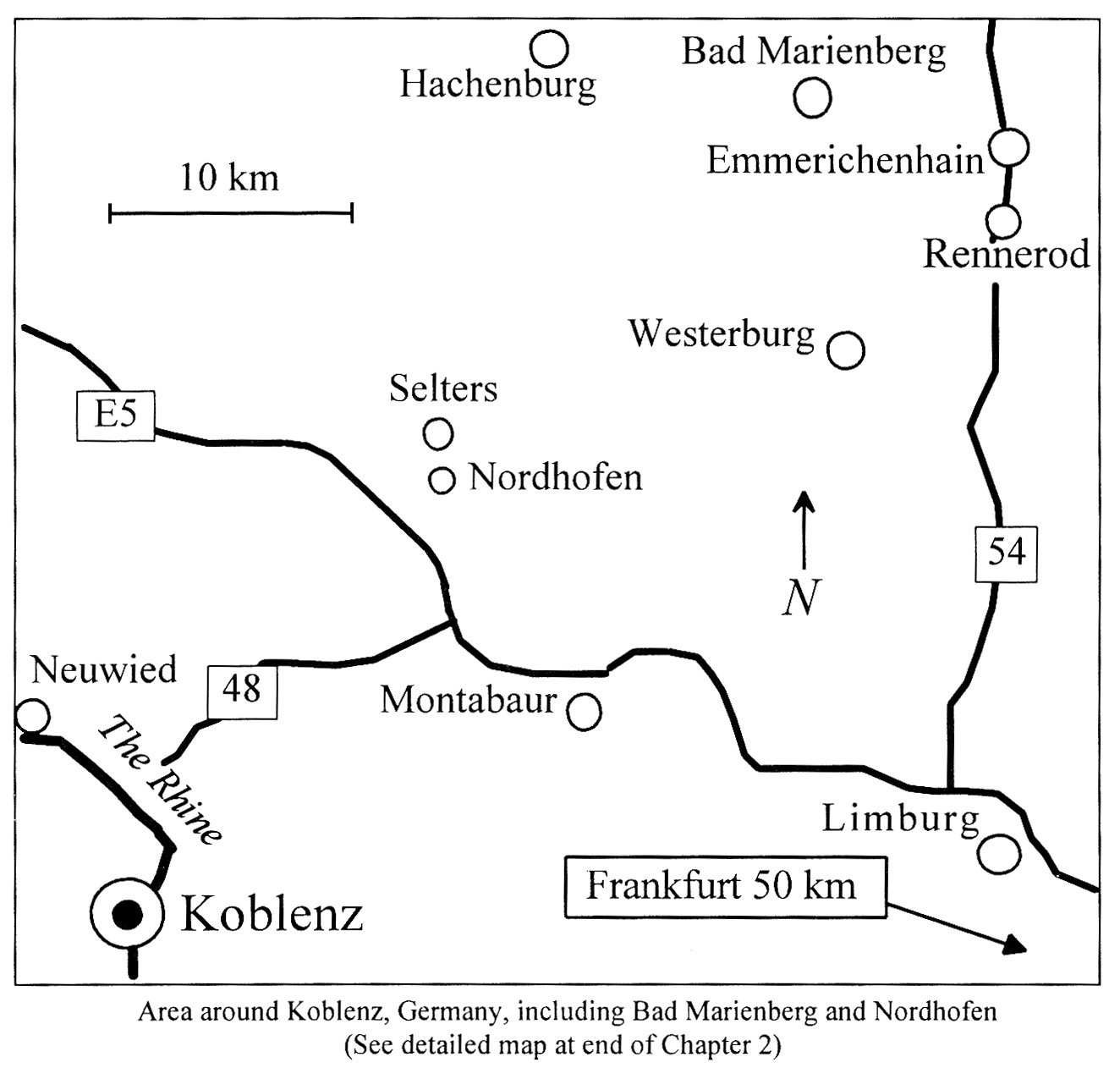The Loop Family in America
|
Home Page | Contact Us | Table of Contents | Facebook Page | Next Chapter | ||||
INTRODUCTION
-- The Historical Background
The great Palatine emigration from Germany to America began in 1709. The causes were poverty, bad winter weather, the devastations of war, and England's efforts to use publicity to attract settlers to America to provide a buffer against the French. As word returned home from America that conditions were comparatively very favorable in the New World, emigration from the region continued and grew. The earliest known arrival of a Loop in America was in 1737. Other Loop's continued arriving in small groups, usually accompanied by many relatives and friends from the same villages. In the colonies, the early Loop arrivals settled in upstate New York along the Hudson River. Later arrivals settled in New Jersey. Still later arrivals settled in Pennsylvania, becoming known as Pennsylvania Dutch (from the word "Deutsch", meaning German). There was very little movement nor apparent communication among these groups.

As the nation expanded, the Loop family began spreading along the logical
migration paths that opened up to them for various historical and geographical
reasons. During the Revolution, most Loop's joined the rebel cause, but there
were some of the New York Loop's who remained loyal to the Crown. A few of
these ended up in Ontario after the war. Some of their Loop relatives later
followed them. These Ontario families spread from the eastern end of lake
Ontario westward along the lake and then along Lake Erie until some of them
returned to the United States through Michigan 50 years or more after the first
Loop's arrived in Ontario. Other New York Loop families spread slowly westward
along the Mohawk River and Erie Canal, to western New York and northwestern
Pennsylvania. The New Jersey Loop's, probably because they were prosperous
silversmiths and businessmen, stayed for the most part in New Jersey. Some of
the Pennsylvania Loop's migrated to western Virginia shortly after the
Revolution. Then there occurred, starting in the 1830's, a great focusing of
attention on the Midwest, because excellent farm land could be had for free
from the government. Ohio, Indiana, and Illinois became lenses of migration for
almost all the various branches of the family. From there, the migration fanned
out across the Great Plains from North Dakota to Texas. The westward flow
slowed as the soil became less inviting farther west. In the 1850's the gold
rush drew a few Loop's to the west, but few permanently settled there at that
time. After the Civil War, the nation became slowly more industrial and less
agricultural. The railroad network made movement easy from any point A to any
point B. Migration then became less predictable, as Loop's spread out all over
the country, no longer moving in large groups of relatives and friends, but
more often in single nuclear families.
During the period covered, most Americans were farmers. It is true of the Loop family also, that most of them farmed the land. Even those who had other professions - mill owner, physician, lawyer, surveyor, school teacher - also farmed, though usually on a smaller scale. Among the Loop's there were, in addition to the professions just mentioned, silversmiths, stage coach security guards, businessmen, innkeepers, preachers, tanners, judges, dentists, artists, etc. Loop's fought in the French and Indian War, the Revolution (on both sides), the War of 1812, the Mexican War, the Civil War (on both sides), the Spanish American War, the two World Wars, and no doubt later wars as well. To study the Loop family is to study a social cross-section of the history of our country. It is inspiring, fascinating, rewarding, and highly educational.

Back to Table of Contents. Proceed to Chapter 1.
Copyright © 1994-2012 Victor L. Bennison